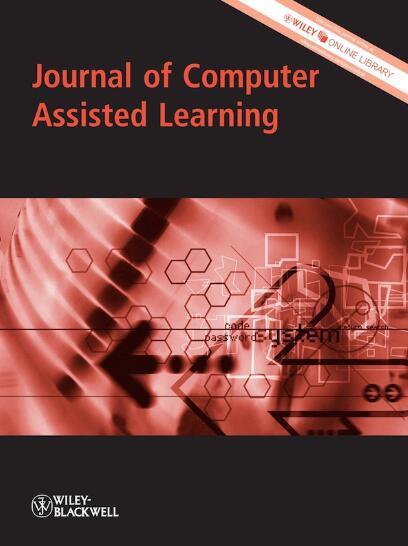Optimising Arousal in Learner-Generated Digital Media: Assessing Facial Recording Effects by Comparing Podcasts and Videos
Abstract
Background
Learner-generated digital media has gained significant attention as a supplementary learning tool. However, a need exists for empirical research to discern among various learner-generated digital media formats. One potential area of divergence lies in the arousal levels evoked during media creation due to varying emphasis on the audience, which might depend on the inclusion of facial recording.
Aims
This study examines the impact of facial recording in learner-generated digital media tasks by comparing learner-generated instructional videos and podcasts on their impact on learning and examining whether these effects are mediated through arousal. It develops a single-item measure to assess arousal during learner-generated digital media activities, addressing limitations of existing scales.
Sample
The total sample consisted of 89 university students, of whom 27 were included in the validation phase, and 62 were included in the main analysis.
Methods
The study utilised a survey covering demographic information and arousal-related questions, and a multiple-choice comprehension test.
Results
Creating an instructional video led to higher levels of social presence-related arousal compared to creating an instructional podcast. This arousal completely mediated the differences in learning outcomes between the two media. Higher arousal was associated with improved performance up to a certain point, beyond which additional arousal hindered learning.
Conclusions
The study confirmed that learner-generated digital media with facial recording (videos) evoke more arousal compared to media without facial recording (podcasts). Different types of learner-generated digital media, by eliciting varying levels of arousal, may be more or less advantageous depending on the educational context.


 求助内容:
求助内容: 应助结果提醒方式:
应助结果提醒方式:


